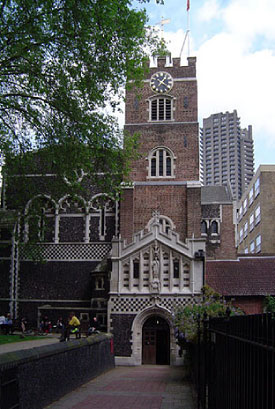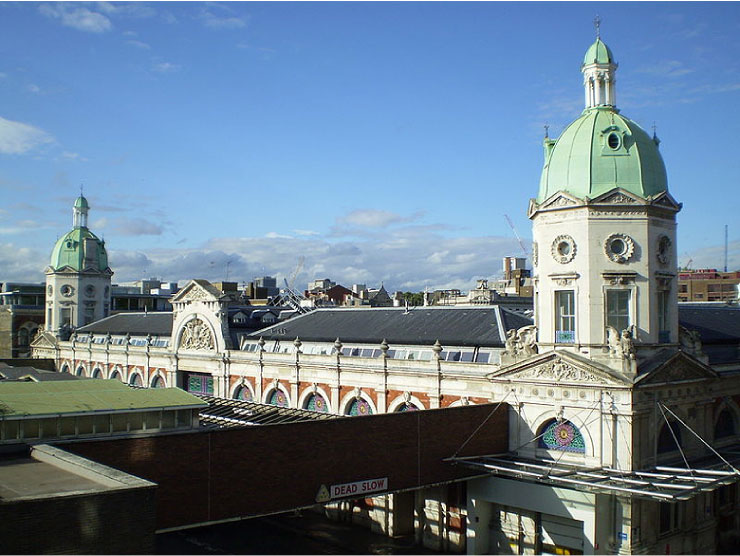Barbecana seeks to improve the quality and the realism of project schedules, and hence the chance of achieving them. To this end, Tony Welsh, Barbecana’s founder has used his 30+ years’ experience in project management software to help customers make more realistic forecasts for the future.
Barbecana also has a commitment to customer service. We listen to customers’ concerns and these form the basis of much of our ongoing development schedule.
Schedule Risk Analysis and Schedule Quality
Barbecana focuses on Risk Management and Analysis. Full Monte performs Schedule Risk Analysis, OpusView manages teams and risk, and Schedule Inspector helps validate schedules comply with best practices which is essential to get good results from schedule risk analysis.
Full Monte schedule risk analysis software is affordable, fast, and easy-to-use. Full Monte uses Monte Carlo simulation. With Full Monte, you’ll be able to better understand the impact of uncertainty on your ability to meet project objectives.
Schedule Inspector is Barbecana’s schedule validation software. Schedule Inspector is the fast and easy way to improve schedule quality by identifying potential problems in your Microsoft Project (2007 and above) schedule. Schedule Inspector is flexible; you need perform only those tests you think are appropriate, and most tests can be customized. Supported tests include all those in the Defense Contract Management Agency’s 14-point schedule assessment guide.

About the Name
Barbecana is a medieval Latin word for a fortified gatehouse, and it is the inspiration for the Barbican Centre in the City in London. Tony Welsh, the company’s founder, chose it because of his fondness for the West Smithfield and Clerkenwell areas around the Barbican, where he lives in the summer, splitting his time between London and Houston.
The Barbican is just a few hundred yards from West Smithfield and St Paul’s Cathedral. The area is steeped in history, and three institutions dominate it to this day — the Smithfield meat market, the Priory Church of St Bartholomew the Great and St Bartholomew’s Hospital. All were established in Smithfield by the late 12th century and all are vital features of this community today.

St. Bartholomew’s Hospital, also known as St Bart’s or just Bart’s, was also founded in 1123 and is the oldest hospital in the United Kingdom that still occupies its original site. The King Henry VIII gate in the picture was constructed in 1702. Note the statue of Henry VIII above the gate.
Bart’s — specifically one of its chemical laboratories — was the location of the very first meeting of Sherlock Holmes and Dr. Watson in Arthur Conan Doyle’s 1887 novel A Study in Scarlet.[11] Bart’s was Dr. Watson’s alma mater.

West front of St Bartholomew the Great with the Barbecana tower block in the distance.
The Smithfield area, which includes St Bartholomew’s Hospital and Smithfield Market, is popular because of the large number of restaurants, bars and pubs both north and south of the Market. At the heart of it all is a church built in 1123 when Henry I, son of William the Conqueror, was King of England. It survived the Great Fire of 1666 and both World Wars unscathed.
Today the Church is noted for its wonderful architecture, traditional formal worship, marvelous music and intelligent preaching. It has also appeared in numerous films including Four Weddings and a Funeral, Shakespeare in Love, Amazing Grace, Elizabeth: The Golden Age, and The Other Boleyn Girl. On television it has featured in Madame Bovary, The Real Sherlock Holmes, Spooks, and The Hollow Crown.

Another view of the market.

A livestock market was first established on this site in 1174. Smithfield has a bloody history of executions of heretics and political opponents,[1] including major historical figures such as Scottish patriot William Wallace, Wat Tyler, the leader of the Peasants’ Revolt, and a long series of religious reformers and dissenters.
About fifty Protestants and religious reformers, known as the Marian martyrs, were executed here during the reign of Mary I. On 17 November 1558, several Protestant heretics were saved from the Smithfield stake moments before the wooden faggots were lit after a royal messenger announced the queen’s death. Under English law all royal death warrants were signed under the royal sign-manual, the personal signature of the monarch, on the recommendation of their governments. But the warrants abated (lost their force) on the sovereign’s death if they had not already been executed. Elizabeth I did not reinforce the death warrants so all the Protestants were set free. During the 16th century, Smithfield was also used to execute swindlers and coin forgers who were boiled to death in oil.

Risk Analysis Software
The only sure thing about a deterministic plan is that it will be wrong. The chance of finishing a project by the date estimated by such a plan is at best about 50% and often much less. Risk analysis gives you an opportunity to express your uncertainty about task durations, to investigate the implications for the chance of project success, and to modify your plans accordingly.Full Monte
Management Team
Tony Welsh grew up in South East London and holds degrees in physics from Oxford University and in operations research from the London School of Economics. His career began at Imperial Chemical Industries (ICI) under the direction of… Meet the team
Careers
Interested in working for Barbecana? Please visit our careers page to see what openings are currently available. Opportunities

